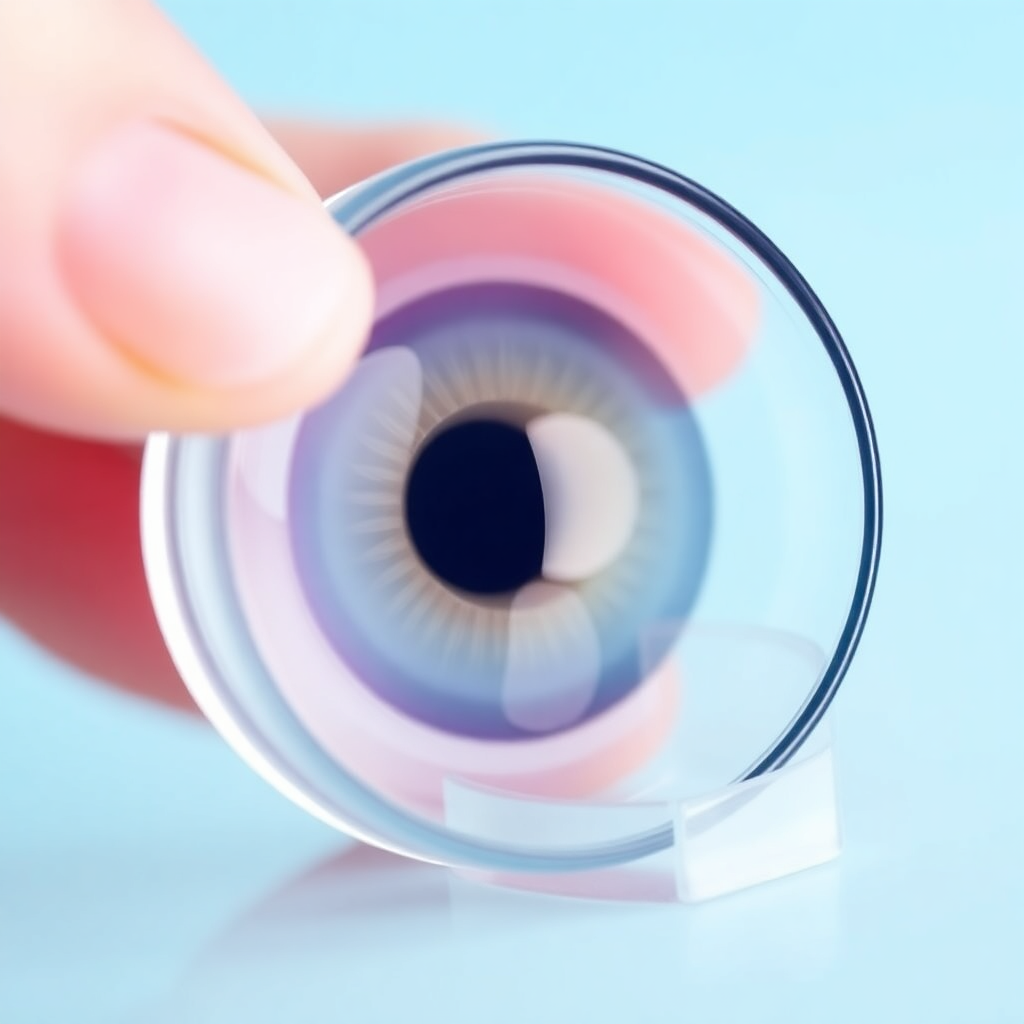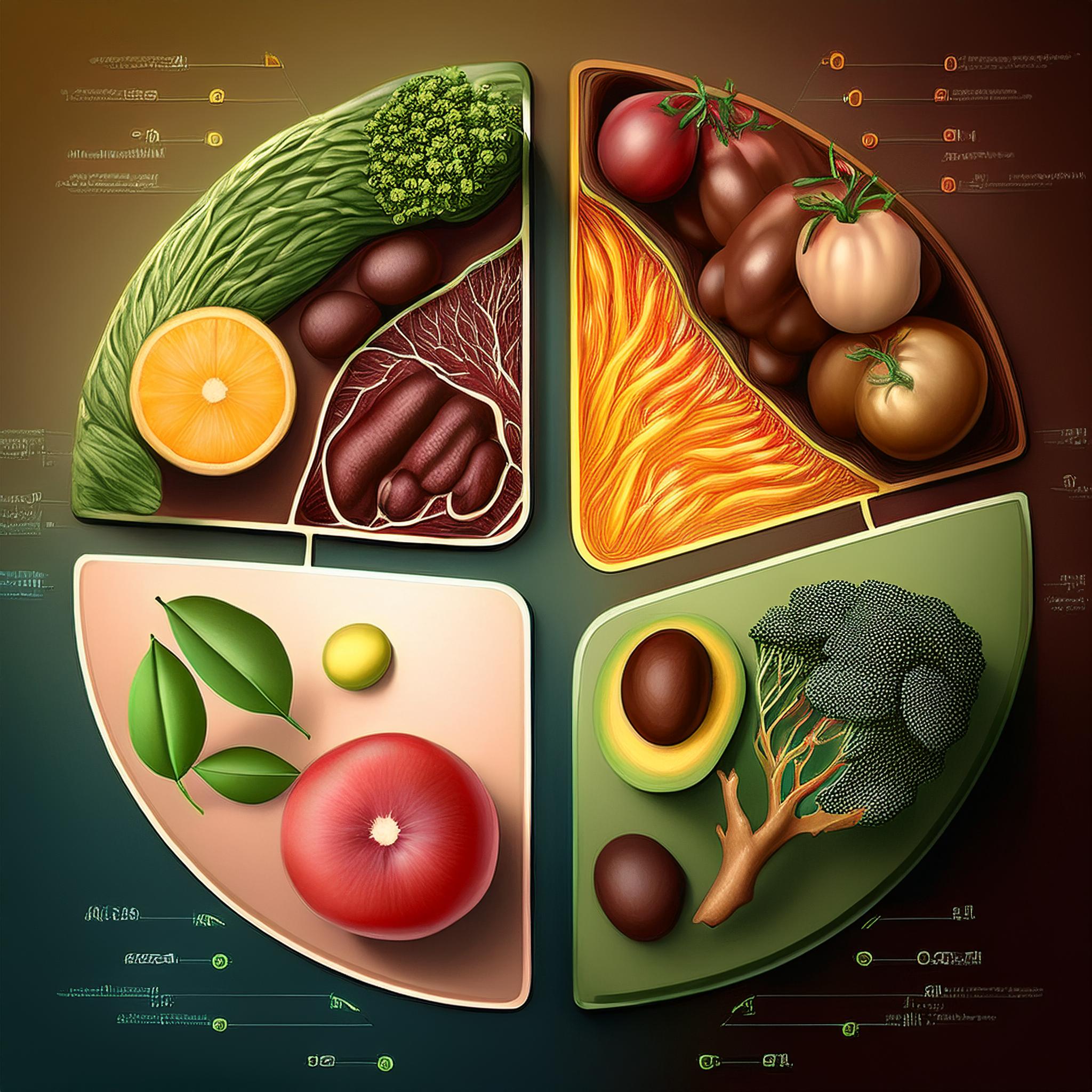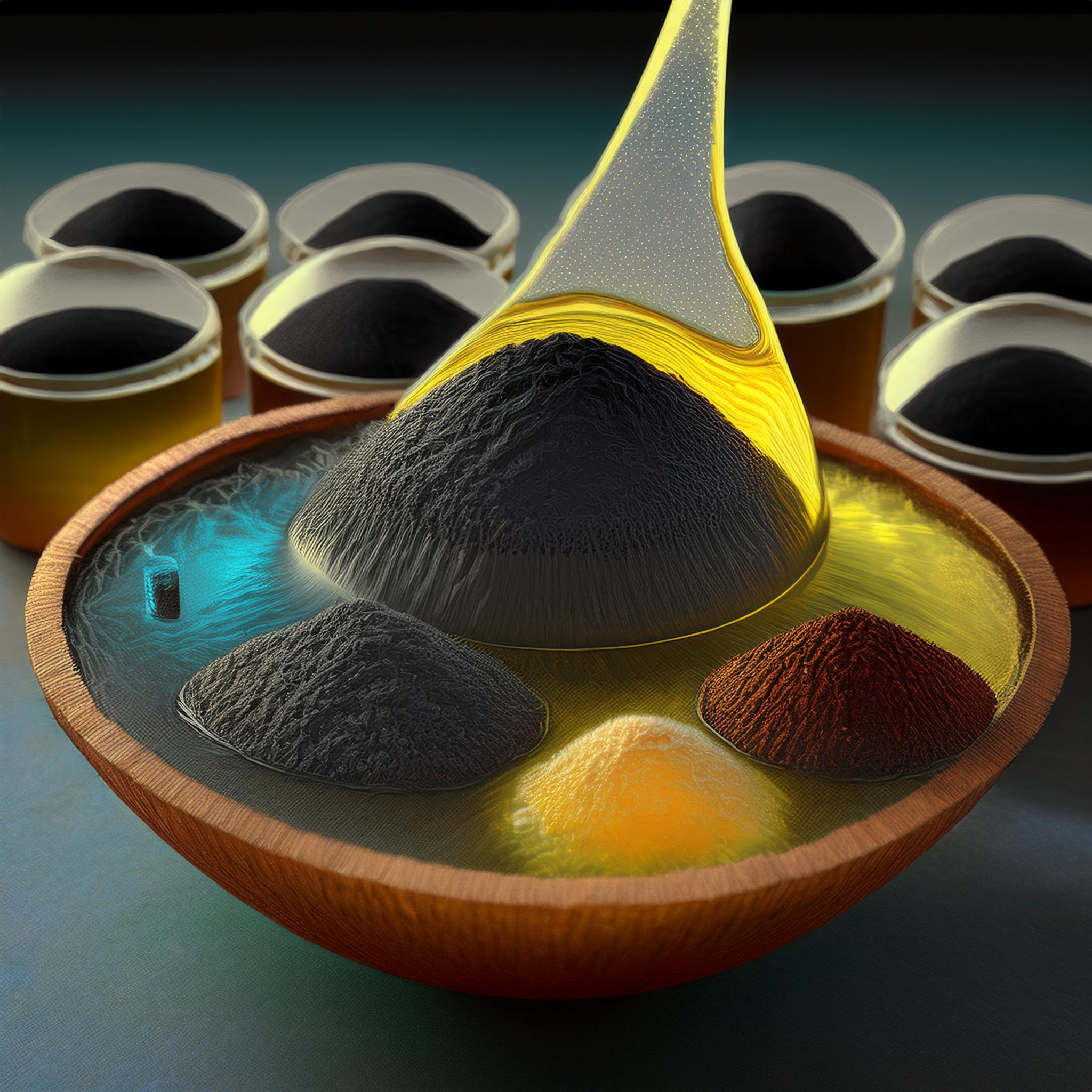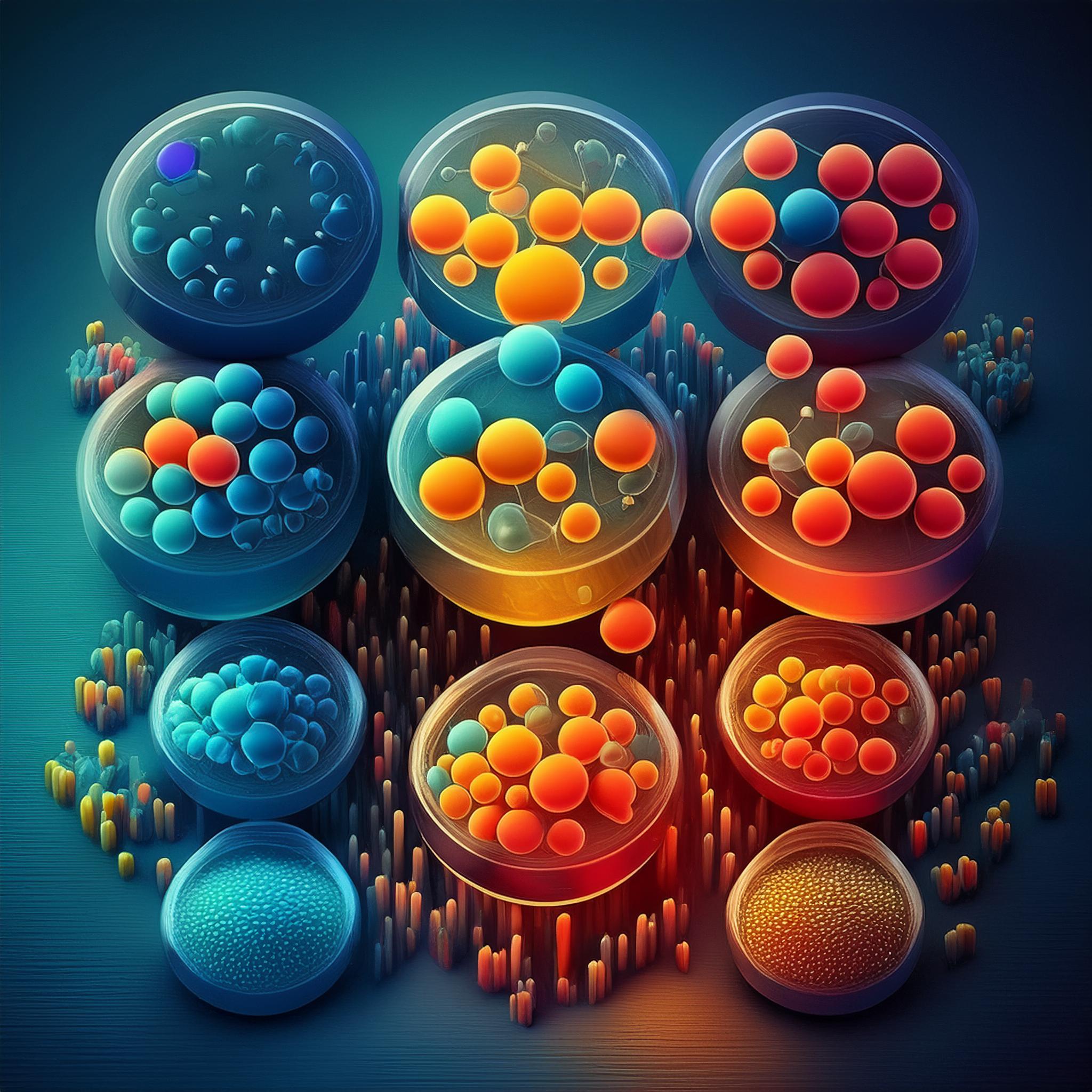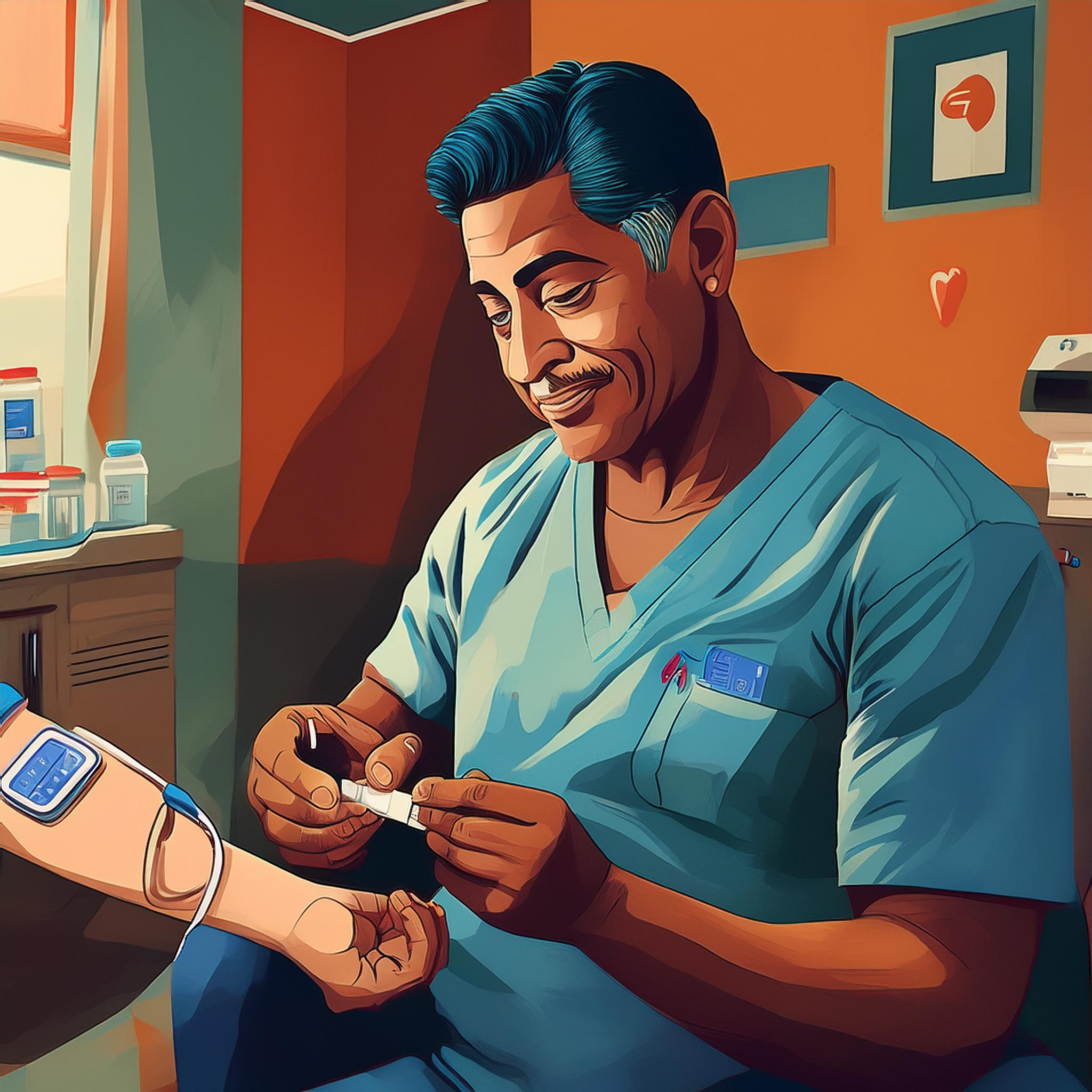Measuring the Antioxidant Effect of Limnocharis Flava on Malondialdehyde Activities in Livers of Alloxan-induced Diabetic Rats
Downloads
Antioxidants are substances counteracting the effects of free radicals. Antioxidants are formed in several forms, encompassing vitamins, minerals, and phytochemicals. Genjer or yellow velvet leaves (Limnocharis Flava) is an aquatic plant potentially beneficial alternative to natural antioxidants. This study aims to measure the antioxidant effect from the yellow velvetleaf ethanol extract on malondialdehyde (MDA) activities in livers of diabetic rats (Rattus novergicus) induced by alloxan in three different doses. The tested animals were randomly divided into five groups comprising six white rats previously induced with alloxan by intra-peritoneal injection. Group 1 was the negative control provided 0.5% CMC Na while group 2 was a positive control administered 0.45 mg glibenclamide. On the other hand, groups 3, 4, and 5 were the experimental groups that provided the extract of yellow velvetleaf as many as 32.5 mg/kg body weight (BW) ethanol, 65 mg/kg BW ethanol extract, and 130 mg/kg BW, respectively. Furthermore, the extracts were administered once on the 7th, 14th, and 21st days; the parameters observed were MDA activities in the rats’ livers. The Thiobarbituric Acid Reactive Substances (TBARs) method was then employed to investigate these actions. The one-way ANOVA was administered to examine the acquired data from the examination, followed by a post hoc test. The average points of the MDA level from group 1 to group 5 were 10.78 0.33, 3.71 + 0.19, 7.25 + 0.26, 5.76 + 0.25, and 4.01 + 0.22, correspondingly, according to the results. The one-way ANOVA test revealed that MDA levels in each test group were significantly different (p 0.05). Based on these findings, it may be concluded that feeding ethanol extract from yellow velvet leaves to diabetic rats reduces MDA levels in their livers, therefore preserving cells from harm.
American Diabetes Association (2010). Diagnosis and classification of diabetes mellitus. Diabetes care, 33 Suppl 1(Suppl 1), S62–S69. doi: https://doi.org/10.2337/dc10-S062
American Diabetes Association. (2011). Diagnosis and classification of diabetes mellitus. Diabetes care, 34 Suppl 1(Suppl 1), S62–S69. doi: https://doi.org/10.2337/dc11-S062
American Diabetes Association. (2015). (2) Classification and diagnosis of diabetes. Diabetes Care. 38 Suppl, S8-S16. doi: https://doi.org/10.2337/dc15-S005
Andersen, O. M., & Markham, K. R. (2005). Flavonoids: chemistry, biochemistry and applications. Florida: CRC press. doi: https://doi.org/10.1201/9781420039443
Aprilia, N., Ariyani, A. D., & Hidayatin, N. (2018). Pengaruh Rebusan Buncis terhadap Kadar Gula Darah pada Penderita Diabetes Melitus di Kelurahan Tukangkayu Wilayah Kerja Puskesmas Sobo Banyuwangi. Jurnal Kesehatan, 11(2), 122-135. doi: https://doi.org/10.24252/kesehatan.v11i2.6454
Giorgio, P. (2000). Flavonoid an antioxidant. Journal National Product, 63(1), 1035-1045.
Hamid, A. A., Aiyelaagbe, O. O., Usman, L. A., Ameen, O. M., & Lawal, A. (2010). Antioxidants: Its medicinal and pharmacological applications. African Journal of pure and applied chemistry, 4(8), 142-151.
Lee, S. J., Lee, J. H., Lee, H. H., Lee, S., Kim, S. H., Chun, T., & Imm, J. Y. (2011). Effect of mung bean ethanol extract on pro-inflammtory cytokines in LPS stimulated macrophages. Food Science and Biotechnology, 20(2), 519-524. doi: https://doi.org/10.1007/s10068-011-0072-z
Mahreen, R., Mohsin, M., Nasreen, Z., Siraj, M., & Ishaq, M. (2010). Significantly increased levels of serum malonaldehyde in type 2 diabetics with myocardial infarction. International journal of diabetes in developing countries, 30(1), 49-51.
Maisuthisakul, P., Pasuk, S., & Ritthiruangdej, P. (2008). Relationship between antioxidant properties and chemical composition of some Thai plants. Journal of Food Composition and Analysis, 21(3), 229-240. doi: https://doi.org/10.1016/j.jfca.2007.11.005
Marra, G., Cotroneo, P., Pitocco, D., Manto, A., Di Leo, M. A., Ruotolo, V., ... & Santini, S. A. (2002). Early increase of oxidative stress and reduced antioxidant defenses in patients with uncomplicated type 1 diabetes: a case for gender difference. Diabetes care, 25(2), 370-375. doi: https://doi.org/10.2337/diacare.25.2.370
Maulana, H. D. (2009). Promosi Kesehatan. Jakarta: EGC.
Oyenihi, A. B., Ayeleso, A. O., Mukwevho, E., & Masola, B. (2015). Antioxidant strategies in the management of diabetic neuropathy. Biomed Res Int, Article ID 515042 . doi: https://doi.org/10.1155/2015/515042
Prawitasari, D. S. (2019). Diabetes Melitus dan Antioksidan. KELUWIH: Jurnal Kesehatan dan Kedokteran, 1(1), 48-52. doi: https://doi.org/10.24123/kesdok.V1i1.2496
Rajendiran, D., Packirisamy, S., & Gunasekaran, K. (2018). A Review On Role Of Antioxidants in Diabetes. Asian Journal of Pharmaceutical and Clinical Research, 11(2), 48–53. doi: https://doi.org/10.22159/ajpcr.2018.v11i2.23241
Szendroedi, J., Phielix, E., & Roden, M. (2012). The role of mitochondria in insulin resistance and type 2 diabetes mellitus. Nature Reviews Endocrinology, 8(2), 92-103. doi: https://doi.org/10.1038/nrendo.2011.138
Tiwari, B. K., Pandey, K. B., Abidi, A. B., & Rizvi, S. I. (2013). Markers of oxidative stress during diabetes mellitus. Journal of Biomarkers, Article ID 378790. doi: https://doi.org/10.1155/2013/378790
Widyawati, P. S. (2016). Determination of antioxidant capacity in Pluchea indica Less leaves extract and its fractions. International Journal of Pharmacy and Pharmaceutical Sciences, 8(9), 32-36. doi: https://doi.org/10.22159/ijpps.2016v8i9.11410
Yuriska, A. (2009). Efek aloksan terhadap kadar glukosa darah tikus winstar. Skripsi. Fakultas Kedokteran, Universitas Diponegoro–Semarang.
Zakaria, F. R., Prangdimurti, E., Puspawati, G. K. D., Thahir, R., & Suismono, S. (2011). Diet Berbasis Sorgum (Sorghum bicolor L Moench) Memperbaiki Proliferasi Limfosit Limfa dan Kapasitas Antioksidan Hati Tikus. Jurnal Pangan, 20(3), 209-222. doi: https://doi.org/10.33964/jp.v20i3.155
Copyright (c) 2021 JURNAL INFO KESEHATAN

This work is licensed under a Creative Commons Attribution-NonCommercial-ShareAlike 4.0 International License.
Copyright notice
Ownership of copyright
The copyright in this website and the material on this website (including without limitation the text, computer code, artwork, photographs, images, music, audio material, video material and audio-visual material on this website) is owned by JURNAL INFO KESEHATAN and its licensors.
Copyright license
JURNAL INFO KESEHATAN grants to you a worldwide non-exclusive royalty-free revocable license to:
- view this website and the material on this website on a computer or mobile device via a web browser;
- copy and store this website and the material on this website in your web browser cache memory; and
- print pages from this website for your use.
- All articles published by JURNAL INFO KESEHATAN are licensed under the Creative Commons Attribution 4.0 International License. This permits anyone to copy, redistribute, remix, transmit and adapt the work provided the original work and source is appropriately cited.
JURNAL INFO KESEHATAN does not grant you any other rights in relation to this website or the material on this website. In other words, all other rights are reserved.
For the avoidance of doubt, you must not adapt, edit, change, transform, publish, republish, distribute, redistribute, broadcast, rebroadcast or show or play in public this website or the material on this website (in any form or media) without appropriately and conspicuously citing the original work and source or JURNAL INFO KESEHATAN prior written permission.
Permissions
You may request permission to use the copyright materials on this website by writing to jurnalinfokesehatan@gmail.com.
Enforcement of copyright
JURNAL INFO KESEHATAN takes the protection of its copyright very seriously.
If JURNAL INFO KESEHATAN discovers that you have used its copyright materials in contravention of the license above, JURNAL INFO KESEHATAN may bring legal proceedings against you seeking monetary damages and an injunction to stop you using those materials. You could also be ordered to pay legal costs.
If you become aware of any use of JURNAL INFO KESEHATAN copyright materials that contravenes or may contravene the license above, please report this by email to jurnalinfokesehatan@gmail.com
Infringing material
If you become aware of any material on the website that you believe infringes your or any other person's copyright, please report this by email to jurnalinfokesehatan@gmail.com.


